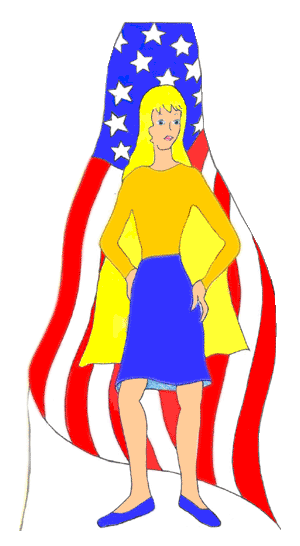
|
Image-Thinking Website (draft copy)
|
The Scribble Hypothesis The scribble hypothesis predicts that young children who are encouraged to scribble and draw, to talk and to write, and to compute and to compose about their scribbles and drawings will write more easily and will continue to write for pleasure as well as to disseminate information. The Neurological Significance Of Childrenís Drawing: The Scribble Hypothesis, Abstract with Research Questions Very Young Childrenís Drawings and
Human Consciousness:
This paper is about the unfolding of human marks,
starting with scribbles. Scribbles reveal a neural substrate
destined for marks and influence that substrate significantly, cue-ing
what is distinctly human in linguistic behavior and
consciousness: marks of significance, or symbolic thought. As
neurobiological impulse and as language instinct, scribbling
activates the human brain for a unique kind of self-organization
using symbols. This cognitive self-organization is transmediational.
The bihemispheric brain has evolved to interpret and respond to
information across multiple sign systems. This complex, integrated
process is nonlinear, continuous with principles for dynamic systems
in the natural world.
The author is an artist/writer/ mother/teacher who has spent twenty years researching the connections between drawing and writing. The results are an educational theory Neuroconstructivism (children construct not only knowledge but mind on neural levels depending upon how they learn to learn), a practice Drawing/Writing (if the brainís right and left hemispheres exchange information, brain-compatible learning strategies will exchange visual and verbal information, too), and the fourfold Scribble Hypothesis.
|
"Starry Night by Vincent Van Gogh |

